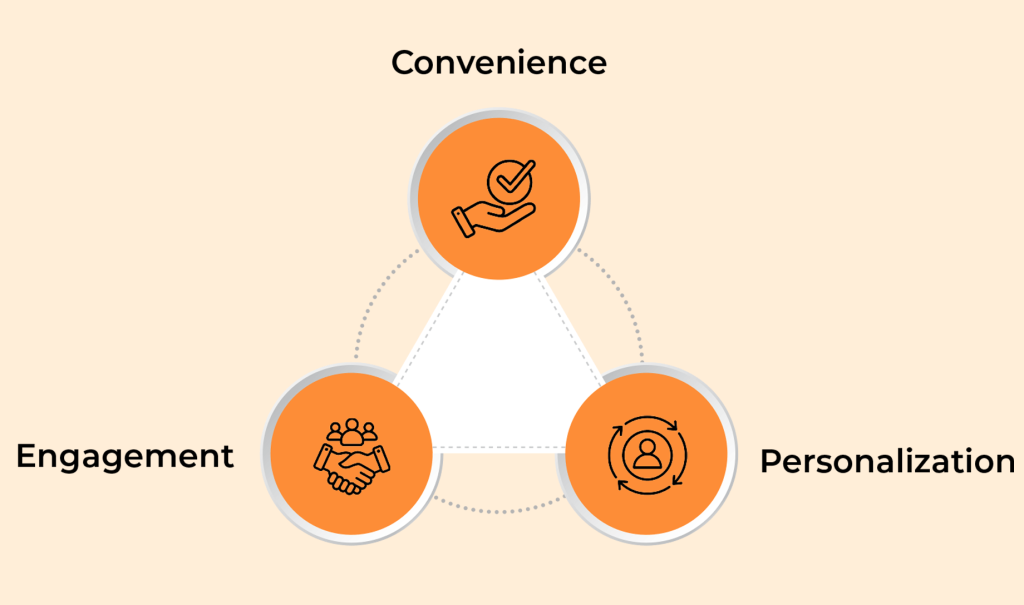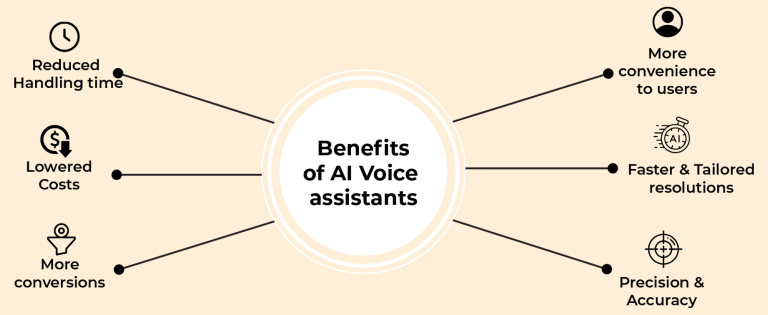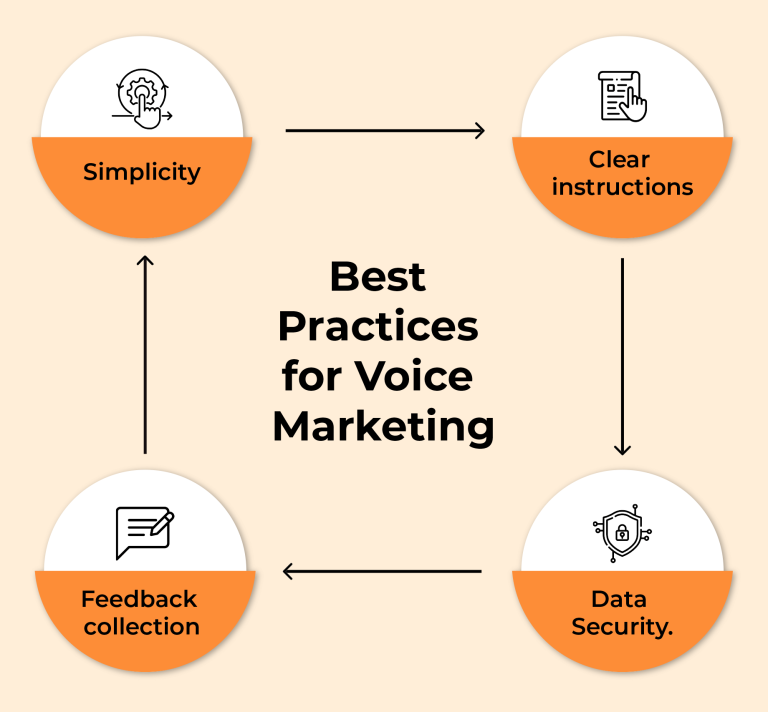Voice Marketing: Leveraging Voice Assistants to Connect with Customers
Voice marketing is rapidly becoming a crucial part of digital strategies as voice assistants like Amazon Alexa, Google Assistant, and Apple’s Siri gain popularity. These technologies offer new opportunities for businesses to connect with their customers in engaging and interactive ways. This blog explores how to effectively leverage voice assistants for voice marketing and provides a step-by-step guide for implementation.
Introduction to Voice Marketing
Voice marketing uses voice-activated technologies to interact with customers. This can include optimizing content for voice search and delivering personalized experiences through voice assistants.


The Rise of Voice Assistants
Voice assistants are becoming an integral part of daily life for many consumers. Recent studies indicate that over 55% of households are expected to have a smart speaker by 2024. This widespread adoption presents a unique opportunity for businesses to engage with customers in innovative ways.
Benefits of Voice Marketing
- Convenience: Voice assistants offer a hands-free way for customers to interact with brands, making it easier to get information, make purchases, and receive support.
- Personalization: Voice technology allows for highly personalized interactions, as voice assistants can remember preferences and past interactions.
- Increased Engagement: Voice marketing creates more engaging experiences through natural, conversational interactions.

Implementing Voice Marketing Strategies

Optimizing for Voice Search
Voice search optimization involves tailoring your content to be easily discoverable by voice assistants. This requires a different approach compared to traditional SEO.
Tips:
- Use Natural Language: Optimize content to match the natural language patterns used in voice queries.
- Answer Questions: Structure content to answer common questions directly, as voice searches often take the form of questions.
- Focus on Local SEO: Many voice searches are location-based, so ensure your local SEO is robust.
Enhancing Customer Interaction
Voice assistants can enhance customer interaction by providing personalized and real-time responses. Here’s how to get started:
Steps:
- Identify Key Interaction Points: Determine where voice interactions can add value, such as customer support, FAQs, and order tracking.
- Create Engaging Content: Develop scripts and content that are engaging and helpful. Use a conversational tone to make interactions feel natural.
- Test and Iterate: Continuously test and refine your voice interactions to ensure they meet customer needs and preferences.


Best Practices for Voice Marketing
- Keep Interactions Simple: Ensure that interactions are straightforward and easy to follow. Complicated commands can frustrate users.
- Provide Clear Instructions: Guide users on how to interact with the voice assistant effectively.
- Collect and Utilize Feedback: Continuously collect user feedback to refine and improve the voice experience.
- Ensure Data Security: Protect customer data by following best practices for data security and compliance.
Voice marketing offers a unique opportunity to connect with customers in a more personal and engaging way. By optimizing for voice search, enhancing customer interaction, and following best practices, businesses can effectively leverage voice assistants to enhance customer experience and drive growth.







